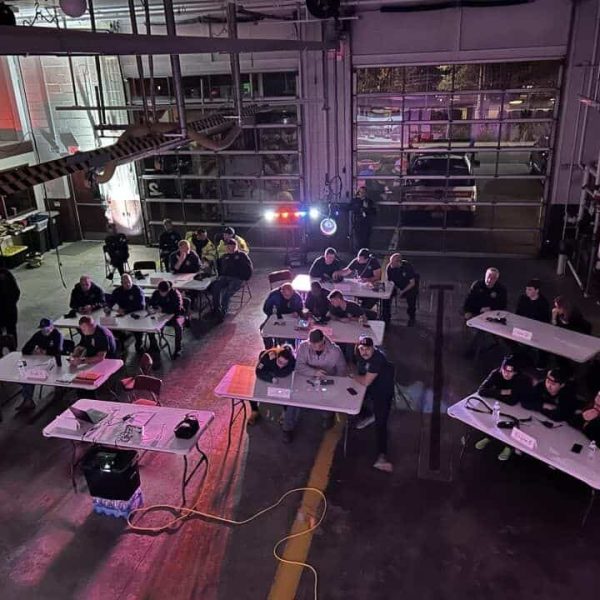In the demanding and ever-evolving field of firefighting, acquiring new skills and retaining vast amounts of information is not just beneficial; it’s essential. Enter spaced repetition, a powerful learning technique that could significantly enhance how firefighters absorb and retain crucial knowledge and skills. Let’s explore this concept and its practical application for firefighter training.
So… What is Spaced Repetition?
Spaced repetition is a learning technique based on the psychological spacing effect. It involves reviewing information at increasing intervals over time. This technique works in harmony with the brain’s natural learning process, helping to transfer knowledge from short-term to long-term memory more effectively. Instead of cramming large amounts of new information into a short period, learning is spread out, allowing the student more time to better absorb and recall the information.Use During Firefighter Training
Firefighting requires a delicate balance of theoretical knowledge and practical skills. From understanding fire dynamics to mastering life-saving techniques, the scope of learning is vast. Here’s how spaced repetition can be integrated into firefighter training:- Incremental learning of complex skills: Firefighting often involves multiple steps or complex procedures. Using spaced repetition, these skills can be broken down and taught incrementally. For example, when learning to operate a new thermal imaging camera, a firefighter could start with learning the basic operation of the camera, followed by a follow-up session a week later on interpreting different heat signatures, and then advancing to practical use in low-visibility conditions in a subsequent session.
- Retention of critical knowledge: Firefighters must remember a wide array of protocols and safety measures. Spaced repetition can be employed to ensure this vital information is not just learned but retained. For example, revisiting the protocols for hazardous material incidents at regular intervals ensures that this knowledge is always at the forefront.
- Integration with simulation training: Tools like SimsUshare provide an ideal platform for implementing spaced repetition. Firefighters can engage in simulated scenarios at scheduled intervals, reinforcing learning and improving response strategies. Each repeated simulation can introduce new elements or focus on different aspects of the same scenario, deepening the learning experience. All in a low risk situation that allows the student to focus on the details they are learning without the fear of injury.
- Preparation for High Risk / Low Frequency Events: Some emergencies are more common than others, making them easier to prepare for. Spaced repetition allows firefighters to increase their sets and reps on these lower frequency, yet high-risk scenarios. The ability to revisit these scenarios in training will build muscle memory and decision making skills that will better prepare them to respond appropriately when these incidents arise.
- Continuous skill enhancement: Firefighting techniques and equipment continually evolve. Spaced repetition can be used for ongoing training, ensuring firefighters stay up-to-date with the latest practices and technologies.
Implementing Spaced Repetition in Your Training
To effectively implement spaced repetition into your training, consider the following steps:- Set a schedule: Determine how frequently each skill or piece of knowledge should be revisited. This could range from days to months, depending on the complexity and necessity of the information. As a Training Officer it is best to look long term and plan this type of training as part of your annual training calendar to ensure consistency.
- Use varied formats: Mix up the training formats – from hands-on drills to classroom sessions and fire simulations. This variety helps keep the learning process engaging and effective.
- Track progress: Monitoring progress over time can help adjust the training schedule as needed and ensure that all areas are adequately covered.
- Encourage self-directed learning: Provide resources and encourage firefighters to engage in self-directed spaced repetition, such as reviewing training manuals, running simulations, or practicing their skills during downtime.

